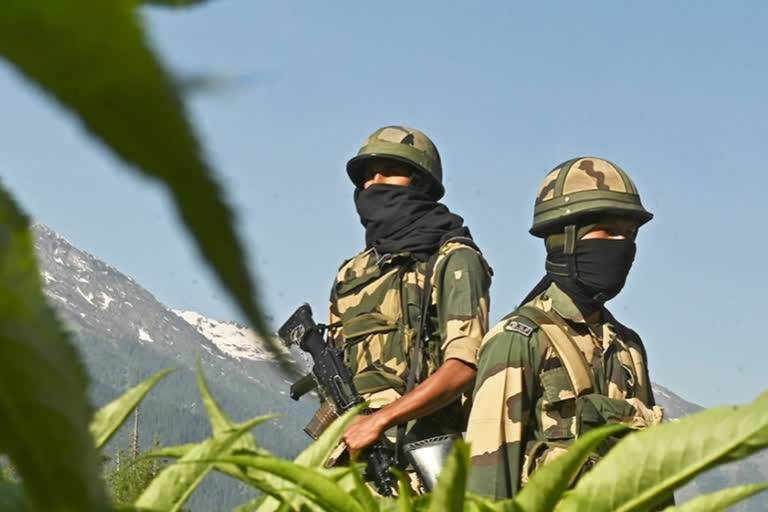New Delhi: Indian security agencies are keeping a close watch on the Chinese surface to air missile batteries which continue to remain deployed close to the Line of Actual Control near eastern Ladakh.
The HQ-9 air missile is a reverse-engineered version of the Russian S-300 air defence missile system and can track and hit targets at a distance of around 250 kilometres. "We are keeping a close watch on the air defence systems deployed by the Chinese along with other assets positioned there," the sources said.
Read:| 'Completion of disengagement to pave way for de-escalation of forces'
They said the recent reports suggest that the number of fighter aircraft at the Hotan and Kashgar airfields have been reduced but the numbers keep fluctuating from time to time there, they said.
Even though the two countries have disengaged from the Pangong lake area but the deployments by both sides continue.
In the talks also, the Chinese side is showing reluctance to disengage from the remaining friction points at Gogra Heights, Hot Springs, Depsang plains and CNN Junction near Demchok. India has made it clear that it would consider de-escalation if there is disengagement by the Chinese from the friction points.
Read:| India, China agree to maintain stability on ground
The Indian Army and other security forces have also started returning to the summer deployments in the Ladakh sector and other mountainous areas along the Line of Actual Control.
The Indian and Chinese armies both have a large number of troops deployed at the border since last year.
The deployment of formations and troops in the Sugar sector, Central sector and the northeastern borders have also been strengthened.
Due to the Indian tactical operations along the southern bank of Pangong Tso, the Indian Army managed to secure disengagement from the Finger area.
The two sides are continuing to hold talks for further disengagement and de-escalation from other friction points in the area.
ANI
Read:| India, China discuss further disengagement during Corps Commander-level talks



